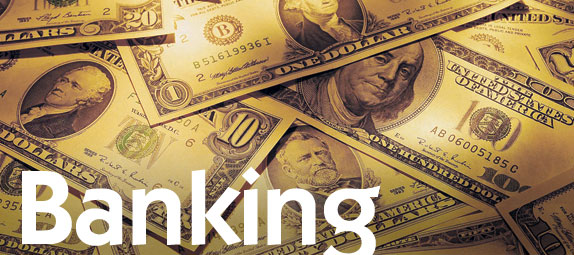Gain an understanding of the terms
of Microeconomics and Macroeconomics
which Introduction to various economic systems – capitalist, communist
and mixed economy; Fundamental economic problems and the mechanism through
which these problems are solved; Theory of demand and supply and their elasticity’s;
Theory of consumer behaviour; Cardinal and ordinal approaches of utility
analysis; Price determination; Nature of an economic theory; Applicability of
economic theories to the problems of developing countries; Indifference curve
techniques; Theory of production, production function, types of
productivity; Rational region of production of an engineering firm; Concepts
of market and market structure; Cost analysis and cost function; Small scale
production and large scale production; Optimization; Theory of distribution;
Use of derivative in economics: maximization and minimization of economic
functions, relationship among total, marginal and average concepts.
Macro-economics: Savings; investment, employment; National income analysis;
Inflation; Monetary policy; Fiscal policy and trade policy with reference to
Bangladesh; Economics of development and planning.
Economics prepares students to understand individual and
group decision making, the structure of markets and economies, and the
relationship between regions within the global economy.
17 Lessons
Updated: Jan 2024

